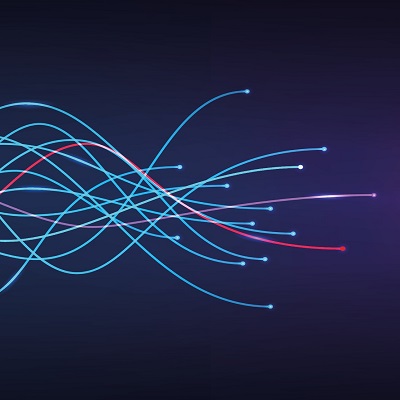- DatesFebruary 2021 to January 2024
- SponsorUS Air Force
- Funded174,424
Traditional social influence can be gauged by complex network analysis, where eigenvectors point towards influential locations on the social network. Whilst this has led to useful metrics such as PageRank, it neglects the complex nonlinear dynamic interactions between people and the multi-scale topological factors that contribute towards a more sophisticated picture. Moreover, most network centrality indicators are premised on either linear algebra operations of the topology or encompass generic dynamics (e.g. diffusion/random walk models or Kuramoto synchronization). As such, current algorithms are not suitable for modeling complex networked influence, as they do not contain meaningful explicit dynamics for social behaviour. Incorporating such behavioural models can yield more precise insight into networked influence.



